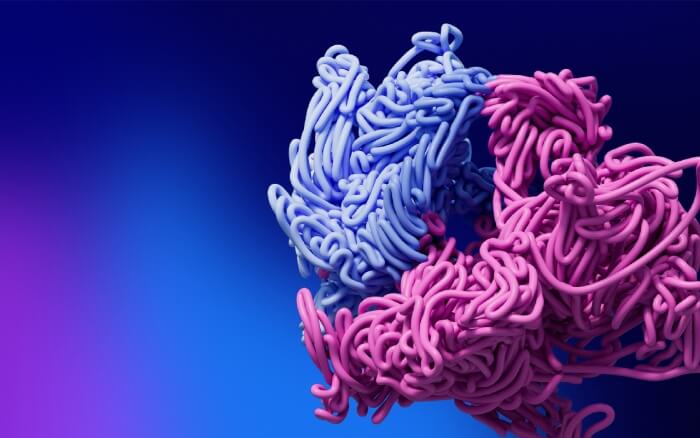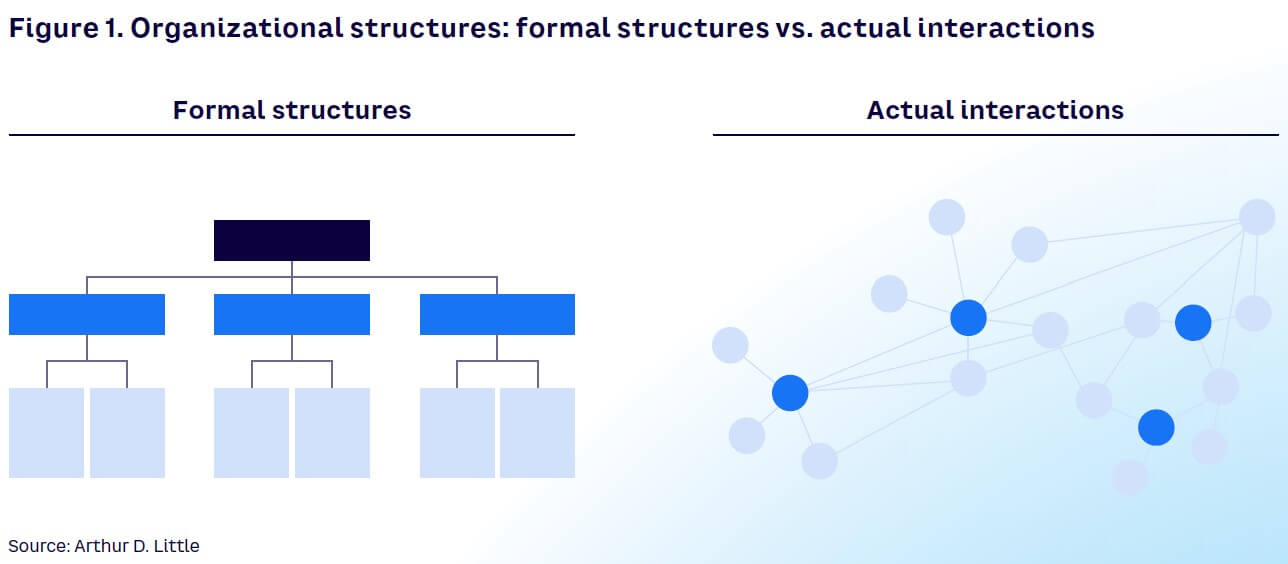
ORGANIZATIONAL DETOXING TO ANSWER COMPLEX ENVIRONMENTS
The momentum of change is accelerating and is transforming markets, ecosystems, and organizations. Whether you call it VUCA (volatile, uncertain, complex, ambiguous), RUPT (rapid, unpredictable, paradoxical, tangled), or something else, the world around us is becoming increasingly complex in an accelerating manner.
From an organizational standpoint, this environment is highly challenging. If the speed of change around an organization is higher than the speed of change within, the implications are clear: the company will fall behind and eventually fail. This raises the question of how companies should address complexity and accelerating dynamics.
From our point of view, the answer to more complex environments is not an ever more complex organization. In fact, many companies have already crossed into “over-organization,” adversely affecting their capacity to act. These companies require “organizational detoxing” as an approach to gain back decisiveness and a bias for actions.
To achieve and successfully implement organizational detoxing, companies first must look behind the scenes of their organizations. For many organizations, there is a significant gap between actual collaboration, information flows, and alignments, and the formal structures outlined by organizational charts. Organizational detoxing focuses on closing this gap by looking first at the actual interactions and alignment mechanisms (see Figure 1).

Organizations must deal with the question of which structures best support actual interactions, information flows, and alignments. The key to success in organizational detoxing is starting from actual interactions and optimizing structures around those rather than merely simplifying formal structures.
ORGANIZATIONAL DETOXING — AN APPROACH
Identify actual interactions
Companies have tools and approaches at their disposal to create transparency and detox an organization. Organizational detoxing starts with unveiling an organization’s informal structures. One of the most powerful approaches to achieve this is by using organizational network analysis (ONA). In mapping relationships between single individuals across entire organizations, ONA uncovers the informal structures, including actual information flows, collaborating parties, communities, organizational influencers, and so on.
Organizations must then comprehensively analyze these uncovered interactions to fully understand the rationale behind them. In response to this analysis, companies can then redesign their formal structures to enable and foster these interactions and information flows in the best way possible.
Develop best-fit, formal to-be structures
The goal of organizational detoxing is to develop a to-be structure that more closely aligns formal and informal structures and therefore reduces complexity for employees acting in these structures. To achieve this alignment, ONA offers an additional advantage, as it flattens any hierarchical structure in a network, regardless of the existing setup’s complexity. Thus, it enables a very different perspective — going beyond hierarchies — for the design of formal to-be structures. This expanded view broadens the options for an organization to find the setup that is the best fit.
Part of this “broadened options” space of to-be organizations are setups such as “Team of Teams,” “Scrum of Scrums,” and “Holacracy,” which have a high applicability to a network organization. These setups break down complex structures to a nucleus that follows clear and simplified rules, allowing companies to address complex environments in a simplified manner. Therefore, they might be a valid future organizational structure for companies’ more detoxed setup.
Arthur D. Little’s experiences across industries show the value of ONA analysis in developing a detoxed organizational setup and thus increasing the competitiveness of companies in complex environments.


